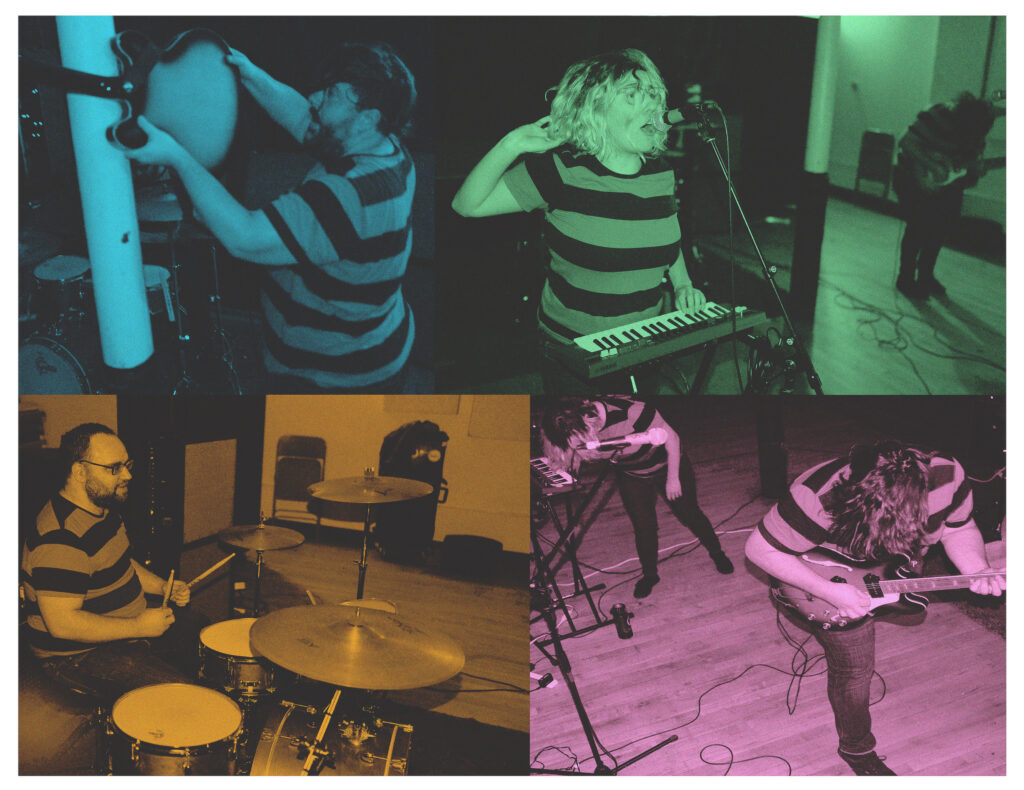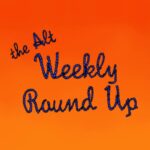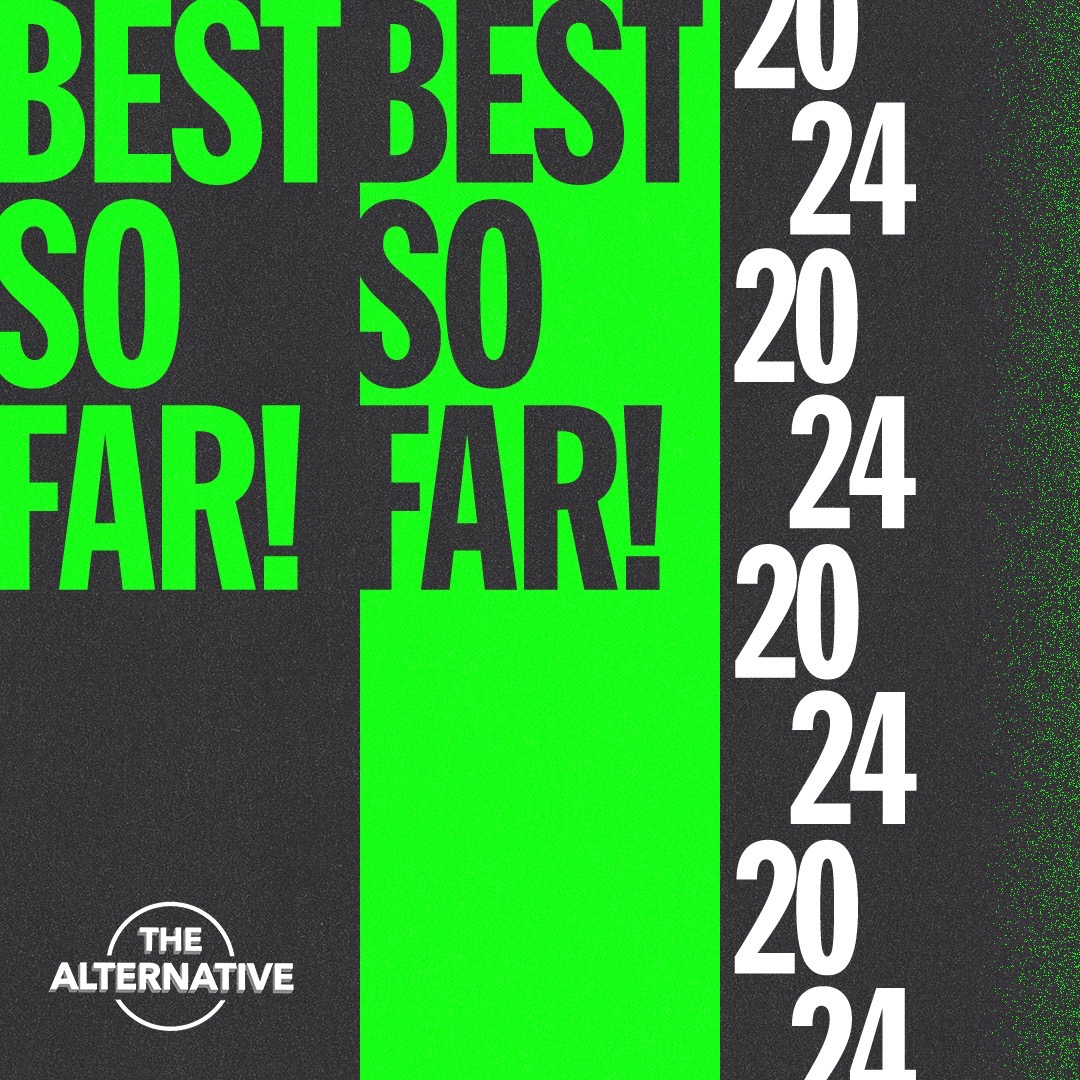Artist Interview: Chad Jewitt of Perennial
Posted: by The Alt Editing Staff
 Perennial are a bombastic art-rock 3 piece from New England that bring a kaleidoscope of sounds to their music. Their single “Dissolver” dropped Wednesday and their upcoming EP, The Leaves of Autumn Symmetry, releases on September 1st. I spoke to Chad Jewitt about the process and how the band got together.
Perennial are a bombastic art-rock 3 piece from New England that bring a kaleidoscope of sounds to their music. Their single “Dissolver” dropped Wednesday and their upcoming EP, The Leaves of Autumn Symmetry, releases on September 1st. I spoke to Chad Jewitt about the process and how the band got together.
How did you all meet and when did you all decide to make music together?
We all met as kids growing up in Western Massachusetts. We decided to start working on Perennial in 2015.
I love all the different instruments you all use, which one is your favorite one to play?
I really love the sheer variety of sounds that a guitar can produce. If I press my guitar against my amp it makes one kind of sound; if I yell into the pickups it’s a microphone; if I scrape it across the ceiling it’s almost like a violin or a cello. There are all these expressive possibilities to an electric guitar. I also happen to love playing the tambourine. It’s almost magical, the way a well-placed tambourine can make a song that much more effervescent and compelling. We’re all enamored with ’60s pop music and that tambourine-and-snare punch that so many of those records have is something we’re always going for in the studio.
What was the recording process like for The Leaves of Autumn Symmetry? What was the song that changed the most from The Symmetry of Autumn Leaves?
In many ways the process of getting the bones of the songs on tape was a quick thing for us since we’ve played these songs live hundreds of times at this point. The adventure — and the reason why we pursued this project — was looking for ways to make these songs new, to add the kind of sonic brushstrokes that would make the record its own entity apart from the original LP. The spirit of the thing was to take material written by 2016 Perennial and see how 2022 Perennial would shape it.
“The Leaves of Autumn Symmetry” and “Resolver” both boast some pretty salient changes from their 2017 versions. “Resolver” was really interesting for us because we wanted to keep the sharp, kinetic energy of this one-minute punk sprint, but also make it a kind of sound collage. It was a challenge we sort of set for ourselves: to make something impressionistic and a bit avant-garde, but also a record you can dance yourself breathless to.
What was the hardest part of reworking these songs?
It was a fun challenge really, but the premise we kept returning to was finding new angles on the songs while also maintaining all of the electricity and energy. So, for instance, on “Hippolyta!” the heart of the song is this ’60s soul rave-up, but in the bridge it turns into this angular post-hardcore thing. We really wanted to be disciplined about making sure that we were always looking for new ideas, new sounds, new approaches to the compositions.
What are your favorite recording-day snacks?
Oreos are terrific for this. You can grab a couple whenever you need, they’re not terribly messy, and they don’t really affect your vocals if you’ve got singing to do that day. Chips and hummus are excellent as well, and Peanut Butter M&Ms for later in the day when you just need processed sugar to get you through the home stretch.
One of the things I love about the EP is that it pulls sounds from lots of different genres. Are there any albums/ artists that have inspired you or that you were listening to while recording it?
Thank you! At the time of recording (and in general, really) we were listening to a lot of Stereolab and Broadcast — pop music at its heart, but with lots of really thoughtful and adventurous use of the studio. Since our goal was similar — punk music, but with a modernist approach — those bands were incredibly inspiring. It’s beautiful music that is just overflowing with ideas.
I rarely hear a song that involves Greek mythology. Where did the song “Hippolyta!” come from?
There are a few different things going on there. There’s a bit of a reference/thematic nod to Dead Poet’s Society if you look for it, but also in a larger sense I think we just liked the idea of taking this classical figure and using the image/idea for this wild dance-punk song. There’s something there about the idea of something old and something new.
What is your favorite venue to play?
We have quiet a few. Luigi’s Mansion in Philadelphia has always been very, very good to us. Purgatory in Brooklyn; State Park in Cambridge, Massachusetts; Best Video in Hamden, Connecticut; Arts Center East in Vernon, Connecticut. In general we really respond to unconventional performance spaces: video stores, art studios, restaurants, warehouses, book stores. I love the idea of adapting spaces to make art possible; of figuring out how to turn four walls and a floor into a space for loud music.
If you could tour with any band/artist alive or dead, who would it be?
Otis Redding with Booker T. & The MGs. For anyone who hasn’t seen the performance, check out Otis Redding’s set at the 1967 Monterey International Pop Festival from D.A. Pennebaker’s documentary The Complete Monterey Pop Festival. It is the greatest 20 minutes in the history of popular music. To get to see Otis do that on a nightly basis would be bliss.
Finally, do you all have any hobbies outside of music?
We’re all pretty avid movie buffs. Wil and Chelsey love Nintendo. We all read a lot. Perennial is a 24-hour 7-day-a week project for us, but we’re always happy to put on a movie or play a couple rounds of Mario Kart. Thank you so much for the great questions and the kind words about the EP!
The Leaves of Autumn Symmetry drops September 1st.
—
Jamie Fowler | @audiocurio
The Alternative is ad-free and 100% supported by our readers. If you’d like to help us produce more content and promote more great new music, please consider donating to our Patreon page, which also allows you to receive sweet perks like free albums and The Alternative merch.










